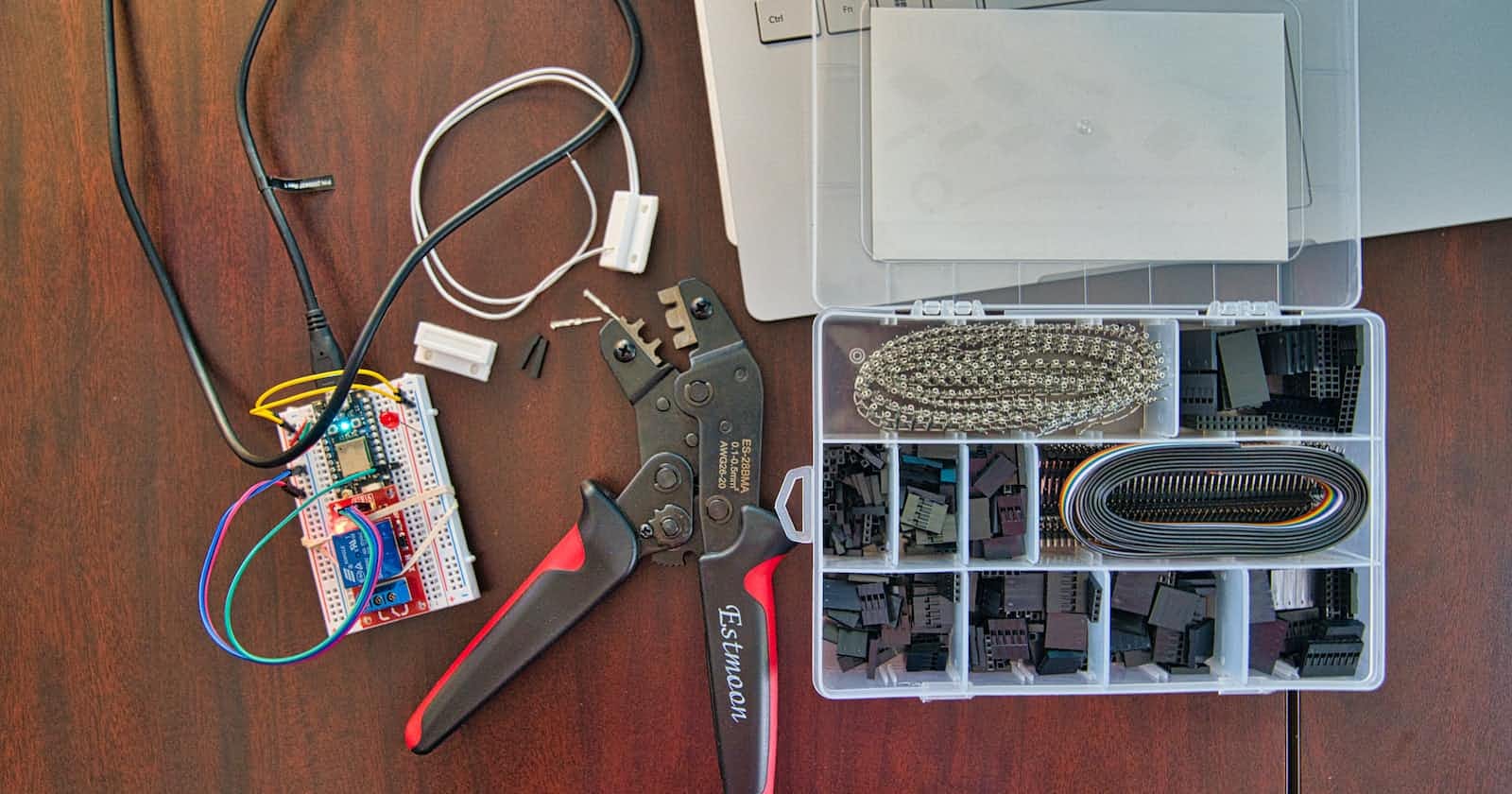MQTT (Message Queuing Telemetry Transport) is a lightweight, open and simple messaging protocol that enables communication between devices with limited resources and network bandwidth. It is widely used in the Internet of Things (IoT) scenarios where millions of devices need to exchange data efficiently and reliably. This protocol could use in M2M (Machine to Machine) scenarios too.
How does MQTT work?
MQTT follows a publish/subscribe (pub/sub) model where clients do not communicate directly with each other, but through a central server called a broker. The broker acts as an intermediary that distributes messages from publishers (devices that send data) to subscribers (devices that receive data) based on topics (categories of interest).
A publisher can send messages to any topic without knowing who will receive them. A subscriber can subscribe to one or more topics without knowing who will send them. The broker ensures that each message reaches all the subscribers who are interested in that topic.
.png)
MQTT, also, supports quality of service (QoS) levels that determine how reliable the message delivery is. There are three QoS levels:
QoS 0: At most once delivery. The message is delivered at most once, but it may be lost or duplicated.
QoS 1: At least once delivery. The message is delivered at least once, but it may be duplicated.
QoS 2: Exactly once delivery. The message is delivered exactly once, with no duplicates or losses.
In addition, MQTT supports persistent sessions that allow clients to resume their connection with the broker after a network interruption. The broker stores all the subscriptions and undelivered messages for each client until they reconnect.
Why use MQTT for IoT?
MQTT has several advantages for IoT applications:
Lightweight and efficient: MQTT clients are small and require minimal resources, which makes them suitable for constrained devices such as microcontrollers. MQTT messages have small headers to optimize network bandwidth usage.
Bi-directional communication: MQTT allows for both device-to-cloud and cloud-to-device communication, which enables remote control and monitoring of IoT devices.
Scalable and reliable: MQTT can handle millions of concurrent connections and messages with different QoS levels, ensuring reliable data exchange among IoT devices.
Secure and flexible: MQTT supports encryption using TLS and authentication using modern protocols such as OAuth. MQTT also allows for custom topics and payloads to suit different use cases.
How to get started with MQTT?
To use MQTT, you need an MQTT broker server that can handle the pub/sub communication between clients. There are many options available, such as building your own MQTT broker or using per-build brokers like Mosquitto, HiveMQ, EMQ X or AWS IoT Core.
You also need an MQTT client library that can connect to the broker and send/receive messages. There are many libraries available for different programming languages. Also, I wrote a blog on how to create an MQTT client with C#.
Conclusion
MQTT is a simple yet powerful protocol for IoT communication that enables efficient and reliable data exchange between devices with limited resources and network bandwidth. It follows a pub/sub model where clients communicate through a central broker based on topics of interest. It supports different QoS levels, persistent sessions, encryption and authentication.
I hope this blog post has given you an overview of what is MQTT in IoT and why it is useful. Thank you for reading!


